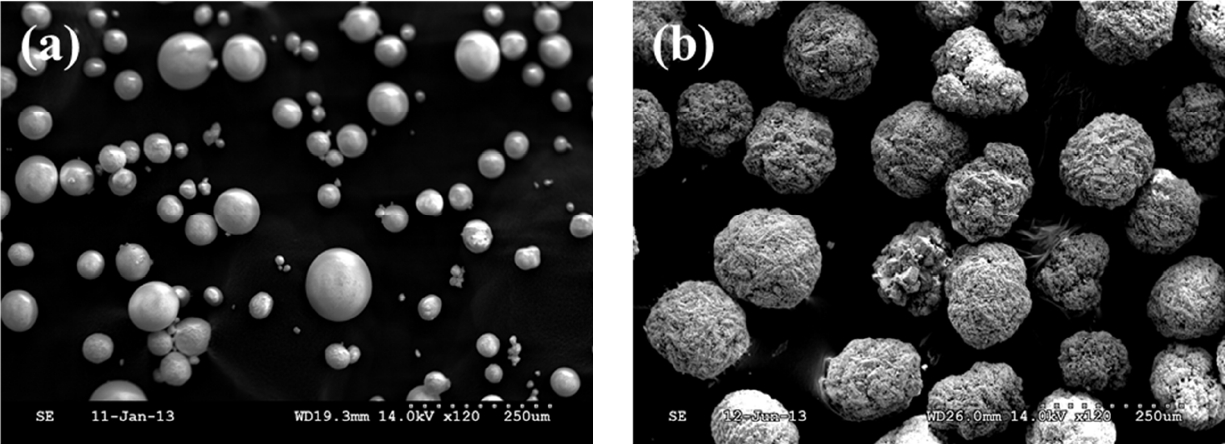Boisen S, Fernández JA. 1997. Prediction of the total tract digestibility of energy in feedstuffs and pig diets by
in vitro analyses. Anim Feed Sci Technol 68:277–286.

Boisen S, Eggum BO. 1991. Critical evaluation of
in vitro methods for estimating digestibility in simple-stomach animals. Nutr Res Rev 4:141–162.


Cervantes-Pahm S, Knapp BK, Kim BG, Liu Y, Parsons CM, Fahey GC, Stein HH. 2013. Comparison of two different
in vivo models and an
in vitro model for caloric determination of four novel fiber ingredients. J Agric Food Chem 61:12374–12379.


Cromwell GL. 2001. Antimicrobial and promicrobial agents. Swine Nutrition. 2nd ednLewis AJ, Southern LL, editorsCRC Press; Washington, DC, USA: p. 401–426.

Cromwell GL, Hays VW, Clark TL. 1978. Effect of copper sulfate, copper sulfide and sodium sulfide on performance and copper stores of pigs. J Anim Sci 46:692–698.


Cromwell GL, Lindemann MD, Monegue HJ, Hall DD, Orr DE. 1998. Tribasic copper chloride and copper sulfate as copper sources for weanling pigs. J Anim Sci 76:118–123.


Guo R, Henry PR, Holwerda RA, Cao J, Littell RC, Miles RD, Ammerman CB. 2001. Chemical characteristics and relative bioavailability of supplemental organic copper sources for poultry. J Anim Sci 79:1132–1141.


Hill GM, Cromwell GL, Crenshaw TD, Dove CR, Ewan RC, Knabe DA, Lewis AJ, Libal GW, Mahan DC, Shurson GC, Southern LL, Veum TL. 2000. Growth promotion effects and plasma changes from feeding high dietary concentrations of zinc and copper to weanling pigs (regional study). J Anim Sci 78:1010–1016.


Hill GM, Spears JW. 2001. Trace and ultratrace elements in swine nutrition. Swine Nutrition. 2nd ednLewis AJ, Southern LL, editorsCRC Press; Washington, DC, USA: p. 229–261.
Leeson S. 2009. Copper metabolism and dietary needs. Worlds Poult Sci J 65:353–366.

Kim JW, Kil DY. 2015. Determination of relative bioavailability of copper in tribasic copper chloride to copper in copper sulfate for broiler chickens based on liver and feather copper concentrations. Anim Feed Sci Technol 210:138–143.

Kim JW, Kim JH, Shin JE, Kil DY. 2016. Relative bioavailability of copper in tribasic copper chloride to copper in copper sulfate for laying hens based on egg yolk and feather copper concentrations. Poult Sci 95:1591–1597.


Kong C, Park CS, Kim BG. 2015. Effects of an enzyme complex on
in vitro dry matter digestibility of feed ingredients for pigs. Springerplus 4:261



Kong C, Shin SY, Kim BG. 2014. Evaluation of mycotoxin sequestering agents for aflatoxin and deoxynivalenol: An
in vitro approach. Springerplus 3:346



Miles RD, Henry PR, Sampath VC, Shivazad M, Comer CW. 2003. Relative bioavailability of novel amino acid chelates of manganese and copper for chicks. J Appl Poult Res 12:417–423.

Namkung H, Gong J, Yu H, de Lange CFM. 2006. Effect of pharmacological intakes of zinc and copper on growth performance, circulating cytokines and gut microbiota of newly weaned piglets challenged with coliform lipopolysaccharides. Can J Anim Sci 86:511–522.

NRC (National Research Council). 1998. Nutrient Requirements of Swine. 10th ednNational Academy Press; Washington, DC, USA:
NRC (National Research Council). 2012. Nutrient Requirements of Swine. 11th ednNational Academy Press; Washington, DC, USA:
Pang Y, Applegate TJ. 2006. Effects of copper source and concentration on
in vitro phytate phosphorus hydrolysis by phytase. J Agric Food Chem 54:1792–1796.


Pang Y, Applegate TJ. 2007. Effects of dietary copper supplementation and copper source on digesta pH, calcium, zinc, and copper complex size in the gastrointestinal tract of the broiler chicken. Poult Sci 86:531–537.


Pang Y, Patterson JA, Applegate TJ. 2009. The influence of copper concentration and source on ileal microbiota. Poult Sci 88:586–592.


Park CS, Son AR, Kim BG. 2012. Prediction of gross energy and digestible energy in copra meal, palm kernel meal, and cassava root fed to pigs. J Anim Sci 90:221–223.

Park KR, Park CS, Kim BG. 2016. An enzyme complex increases
in vitro dry matter digestibility of corn and wheat in pigs. Springerplus 5:598



Pérez VG, Waguespack AM, Bidner TD, Southern LL, Fakler TM, Ward TL, Steidinger M, Pettigrew JE. 2011. Additivity of effects from dietary copper and zinc on growth performance and fecal microbiota of pigs after weaning. J Anim Sci 89:414–425.


Radecki SV, Ku PK, Bennink MR, Yokoyama MT, Miller ER. 1992. Effect of dietary copper on intestinal mucosa enzyme activity, morphology, and turnover rates in weanling pigs. J Anim Sci 70:1424–1431.


Shelton NW, Tokach MD, Nelssen JL, Goodband RD, Dritz SS, DeRouchey JM, Hill GM. 2011. Effects of copper sulfate, tri-basic copper chloride, and zinc oxide on weanling pig performance. J Anim Sci 89:2440–2451.


Shurson GC, Ku PK, Waxler GL, Yokoyama MT, Miller ER. 1990. Physiological relationships between microbiological status and dietary copper levels in the pig. J Anim Sci 68:1061–1071.


Veum TL, Carlson MS, Wu CW, Bollinger DW, Ellersieck MR. 2004. Copper proteinate in weanling pig diets for enhancing growth performance and reducing fecal copper excretion compared with copper sulfate. J Anim Sci 82:1062–1070.


Zevenhuizen LPTM, Dolfing J, Eshuis EJ, Scholten-Koerselman IJ. 1979. Inhibitory effects of copper on bacteria related to the free ion concentration. Microb Ecol 5:139–146.


Zhou W, Kornegay ET, Lindemann MD, Swinkels JWGM, Welten MK, Wong EA. 1994. Stimulation of growth by intravenous injection of copper in weanling pigs. J Anim Sci 72:2395–2403.










 PDF Links
PDF Links PubReader
PubReader ePub Link
ePub Link Full text via DOI
Full text via DOI Full text via PMC
Full text via PMC Download Citation
Download Citation Print
Print





